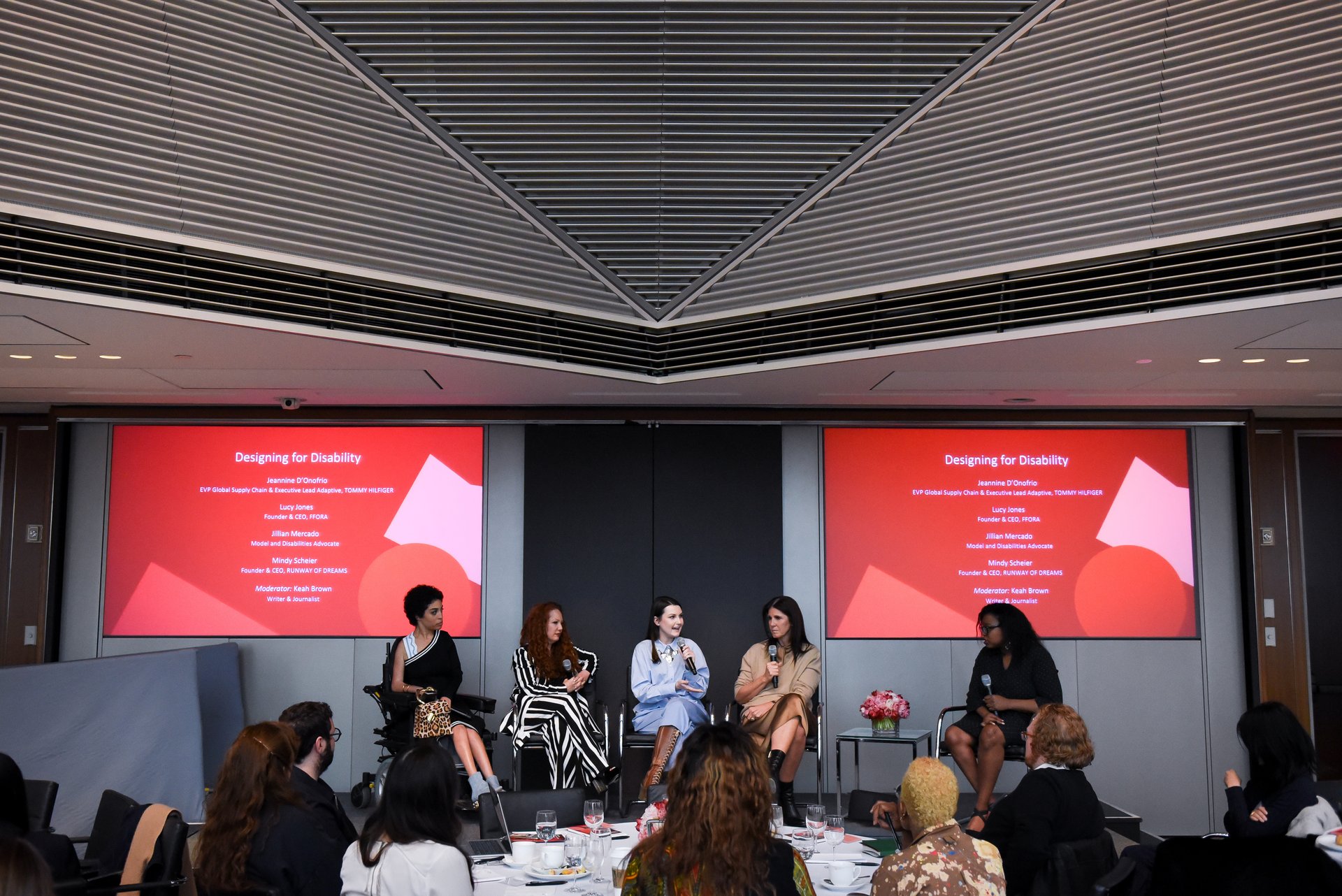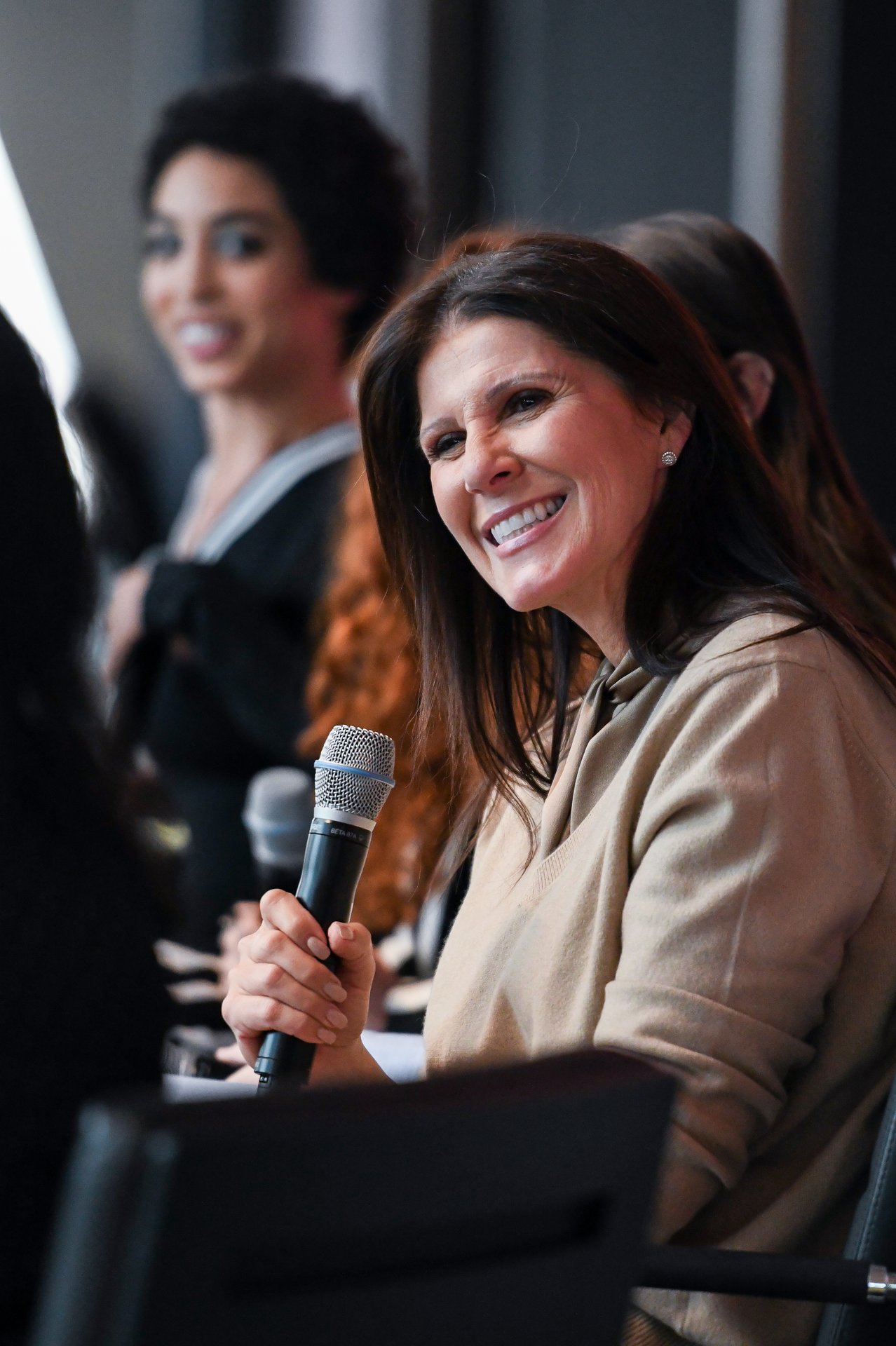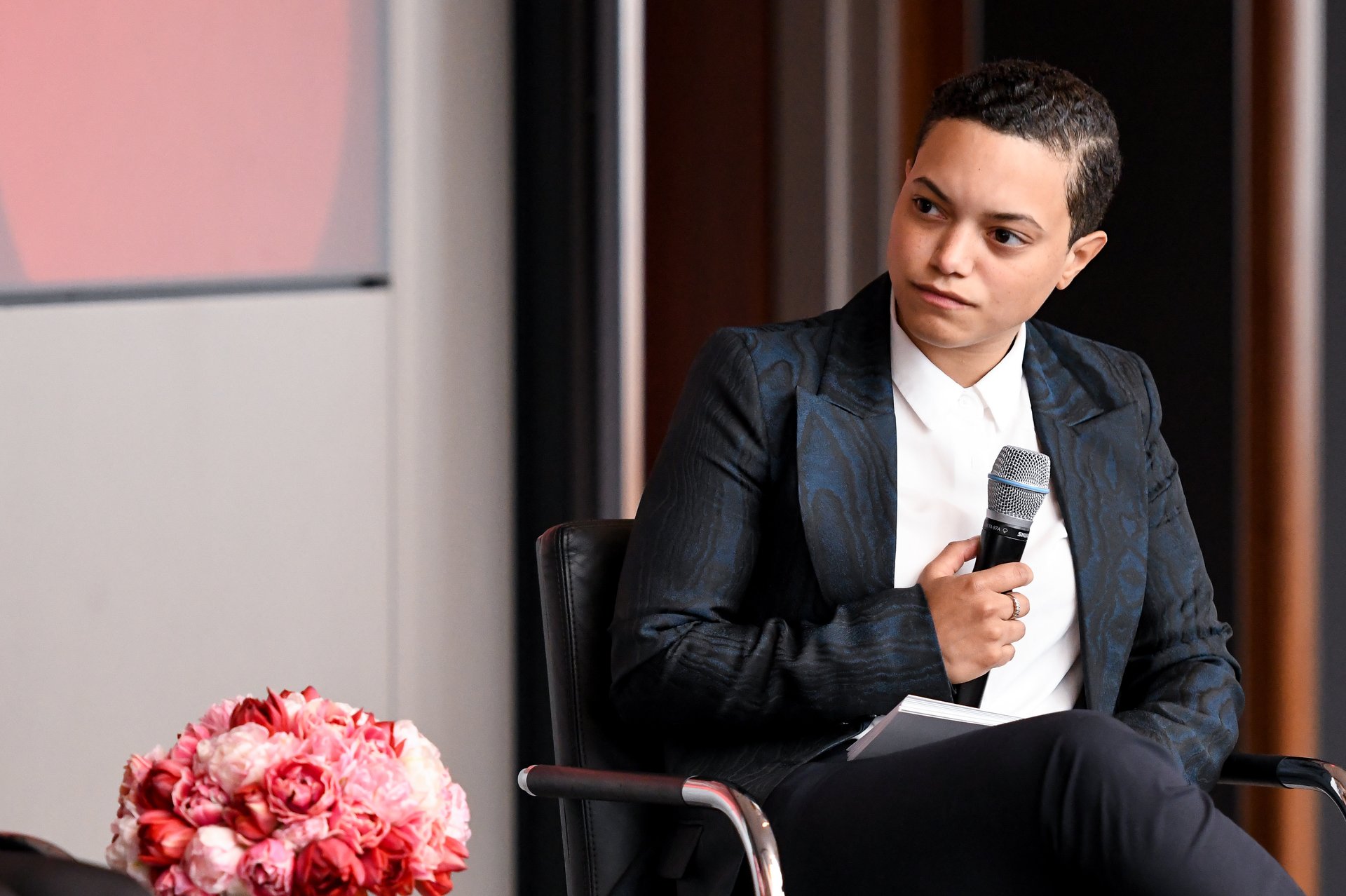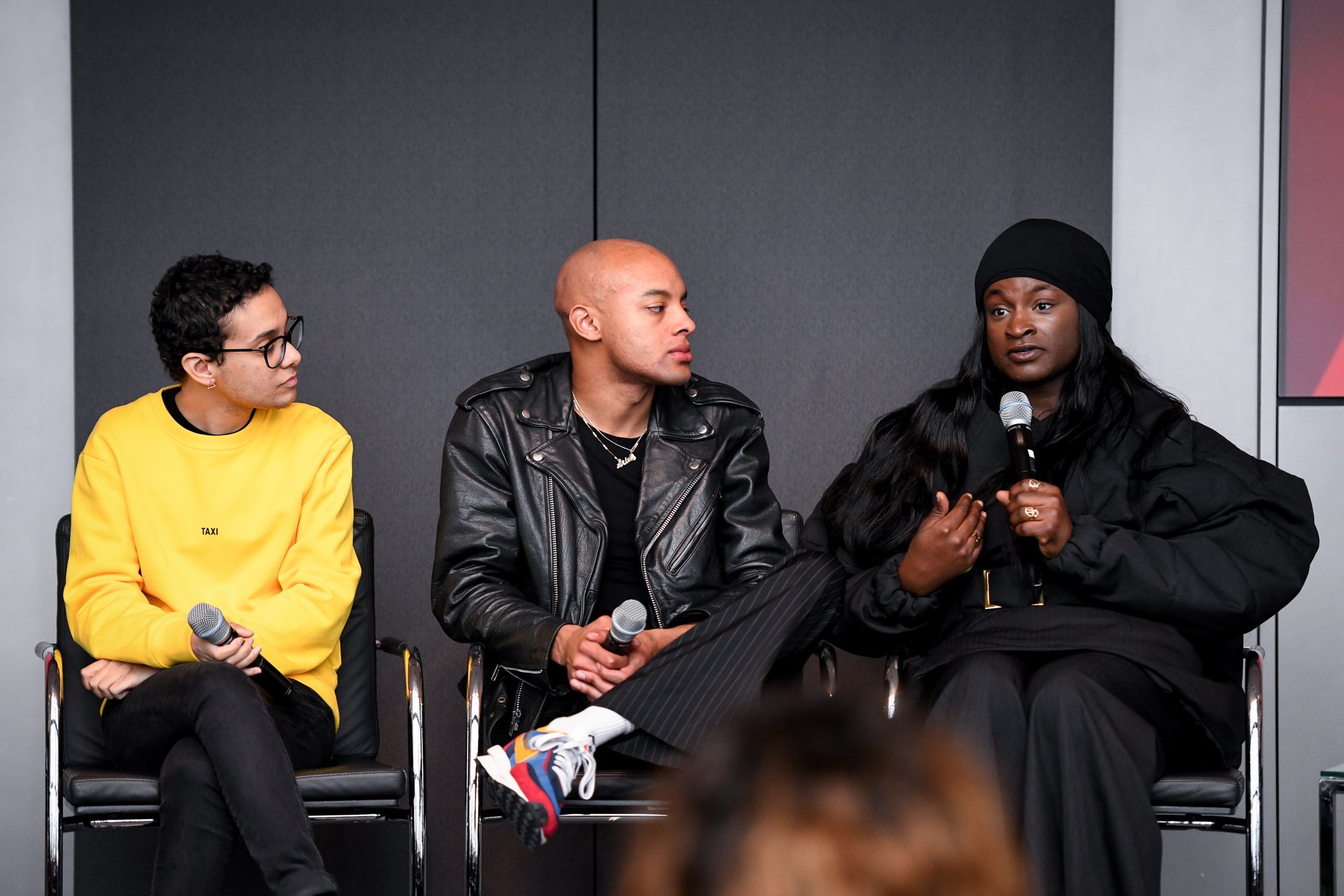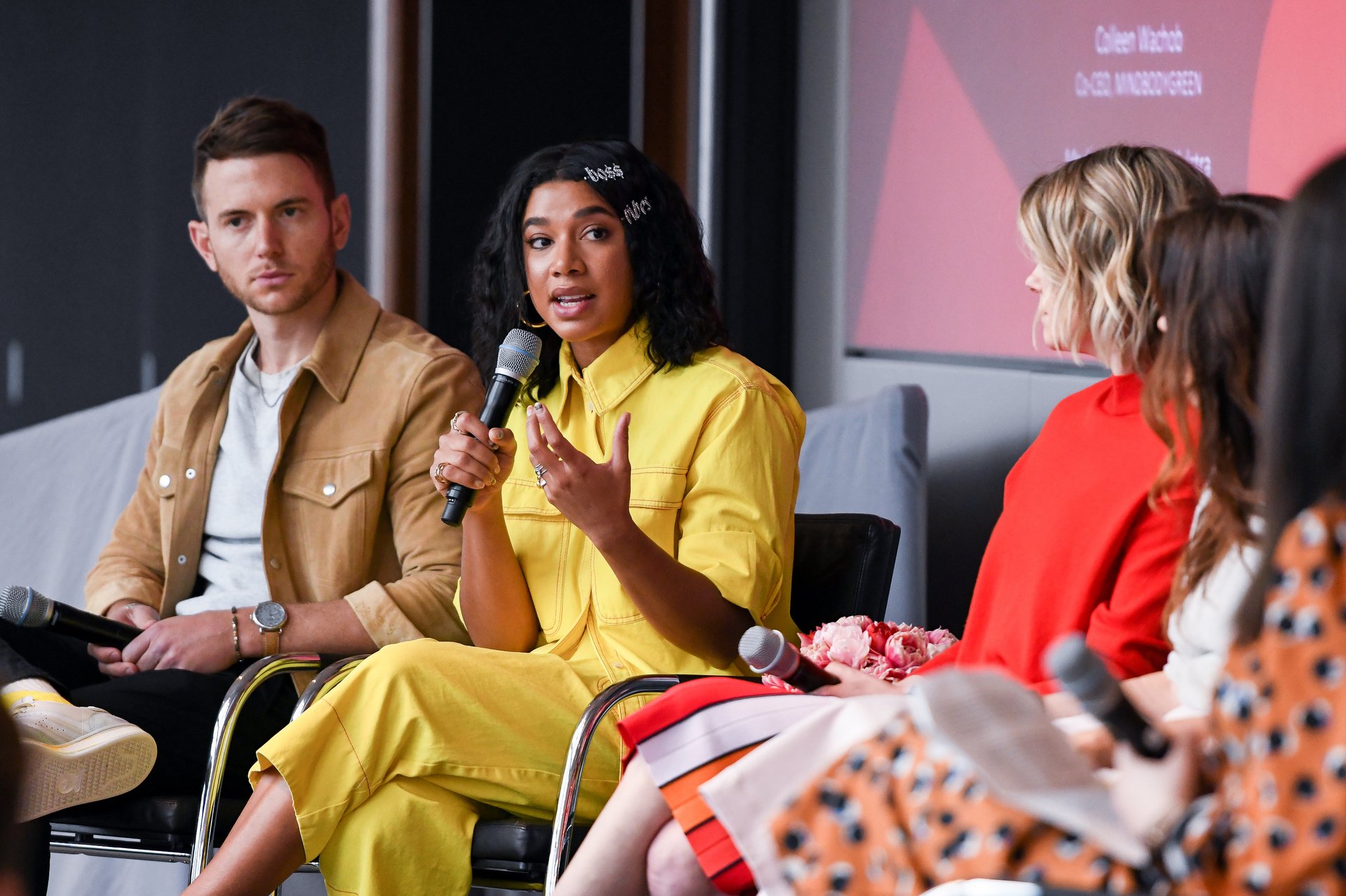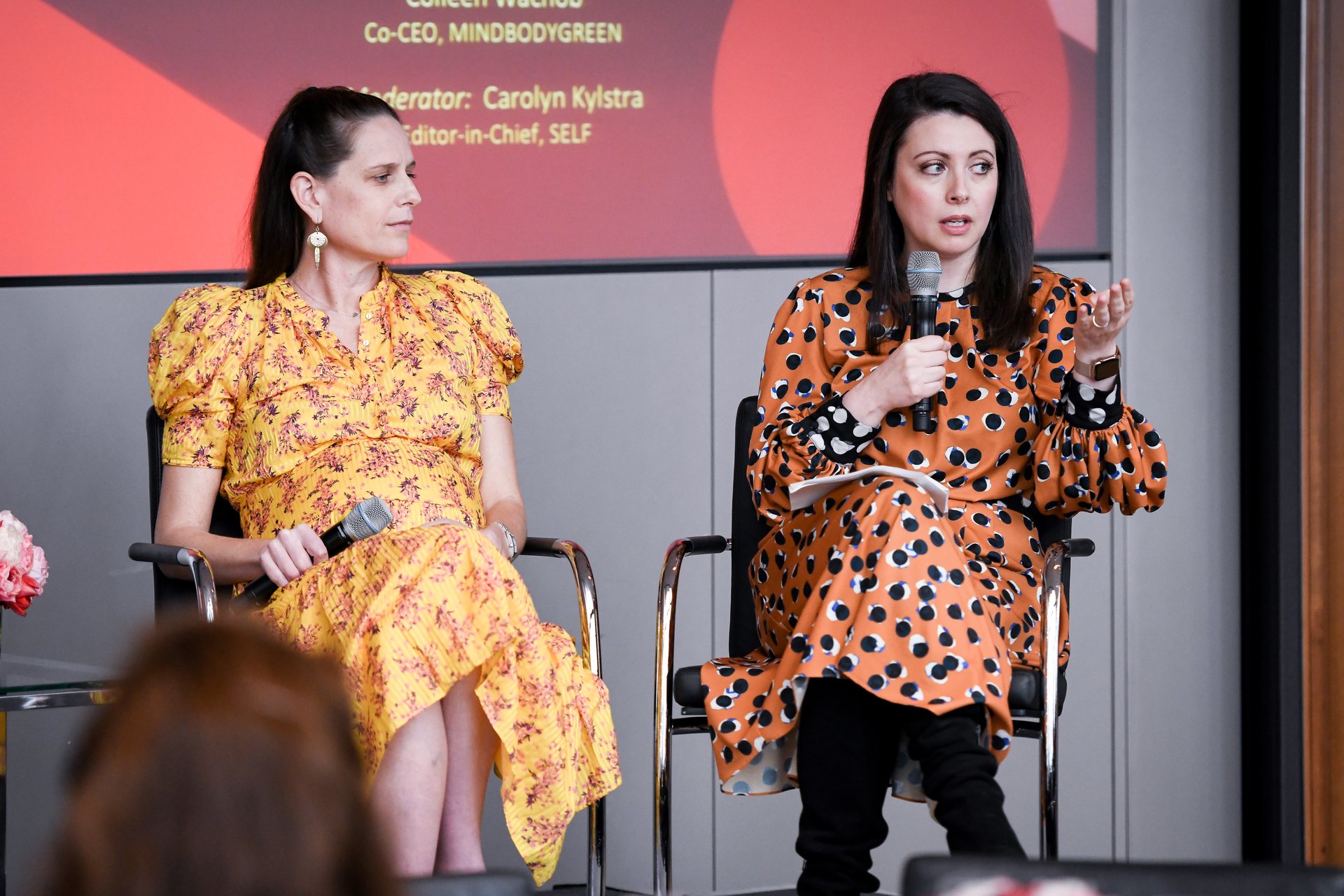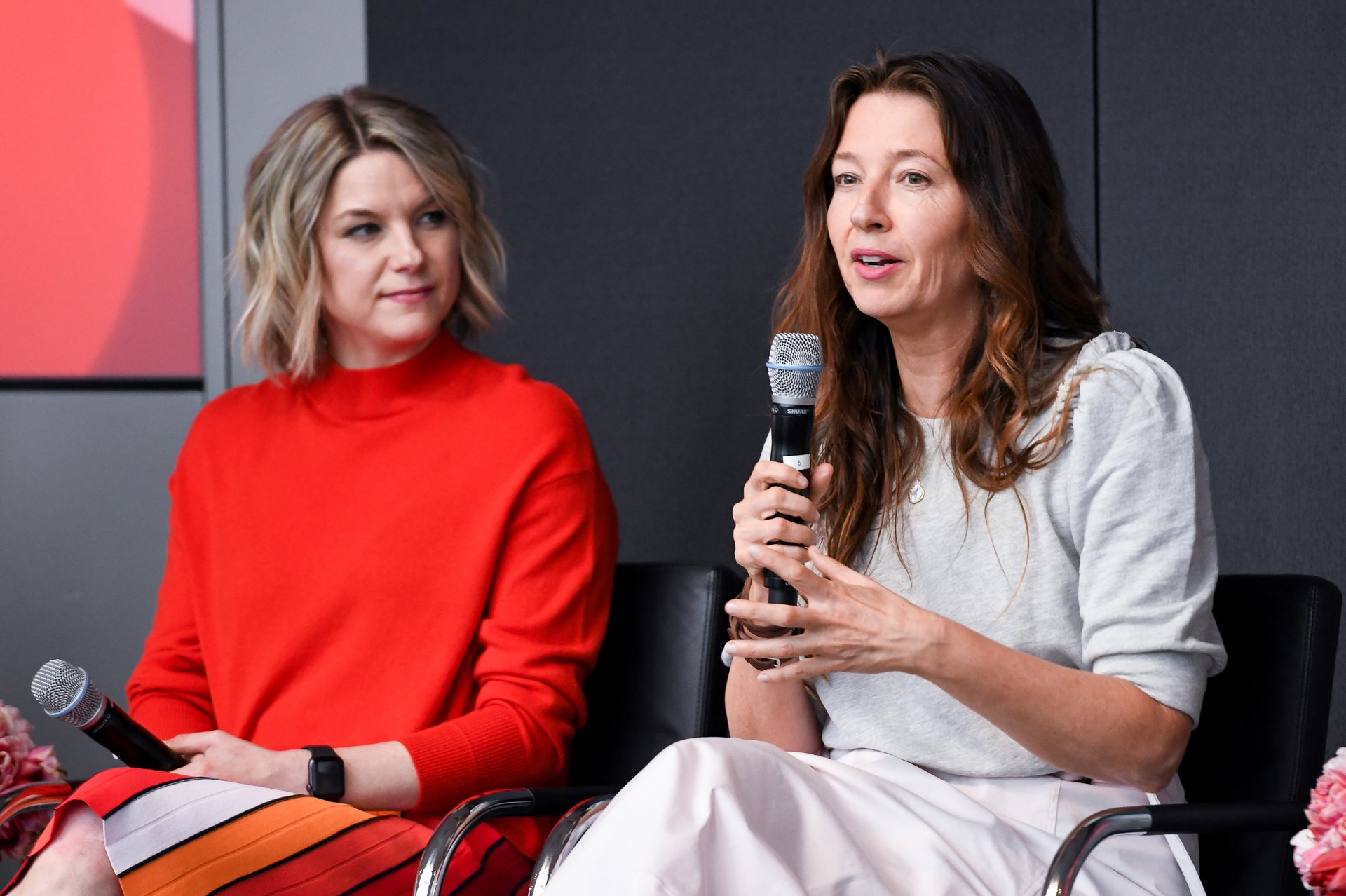HBFIT’s Hannah Bronfman focuses on keeping her team incentivized. Unlimited vacation with advance notice, the ability to work remotely, and providing benefits like personalized health services like Forward (in lieu of costly health insurance plans) are manageable ways for Bronfman to create a healthier work environment as small business owner.
“Having an open and intimate environment in which my employees can talk about the issues they’re facing and feel supported is really important,” she added. “The perks that come with working in the wellness world, like free products or trying the latest workout class are great, but feeling safe and comfortable in the work environment should come [first].”
For a large company like Adidas, which operates on campuses replete with soccer pitches, basketball courts, weight rooms, and yoga studios, integrating wellness into daily work life is more seamless. Even then, Tyler Rutstein of Adidas noted that New York City requires additional creative thinking. “In New York, we have to leverage our partnership ecosystem,” he said, referring to resources like boutique fitness studios, instructors, and healthy food options.
The conversation soon pivoted to the unstable media landscape and the inevitable sense of insecurity that comes with it. “It’s a volatile time in this industry, but it’s also a really exciting one,” Women’s Health’s Liz Plosser acknowledged. “I am very aware of the fact that team members feel anxious at times. For the executive team at Hearst, my managers, and even myself as a manager, transparency is key.”
Plosser stressed the importance of telling team members about changes directly and keeping team morale up with an open-door policy and one-on-one meetings. Goop’s Jean Godfrey-June echoed the need for transparency, adding the need for clear communication, expressing appreciation, and having guardrails in place for difficult conversations.
